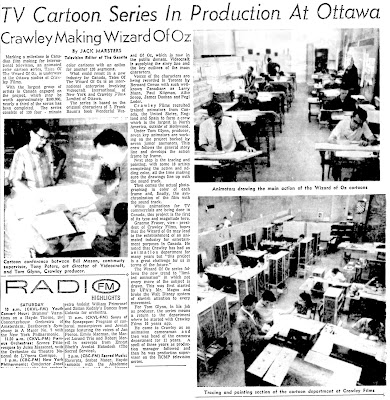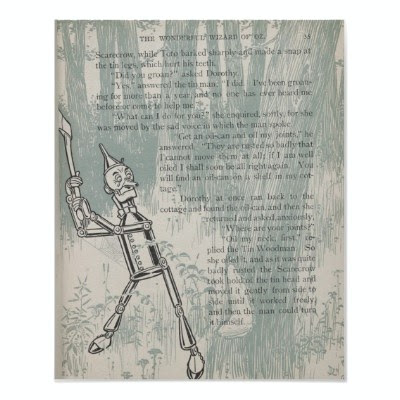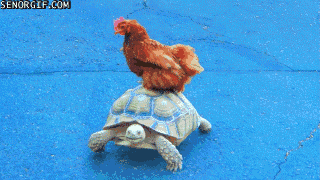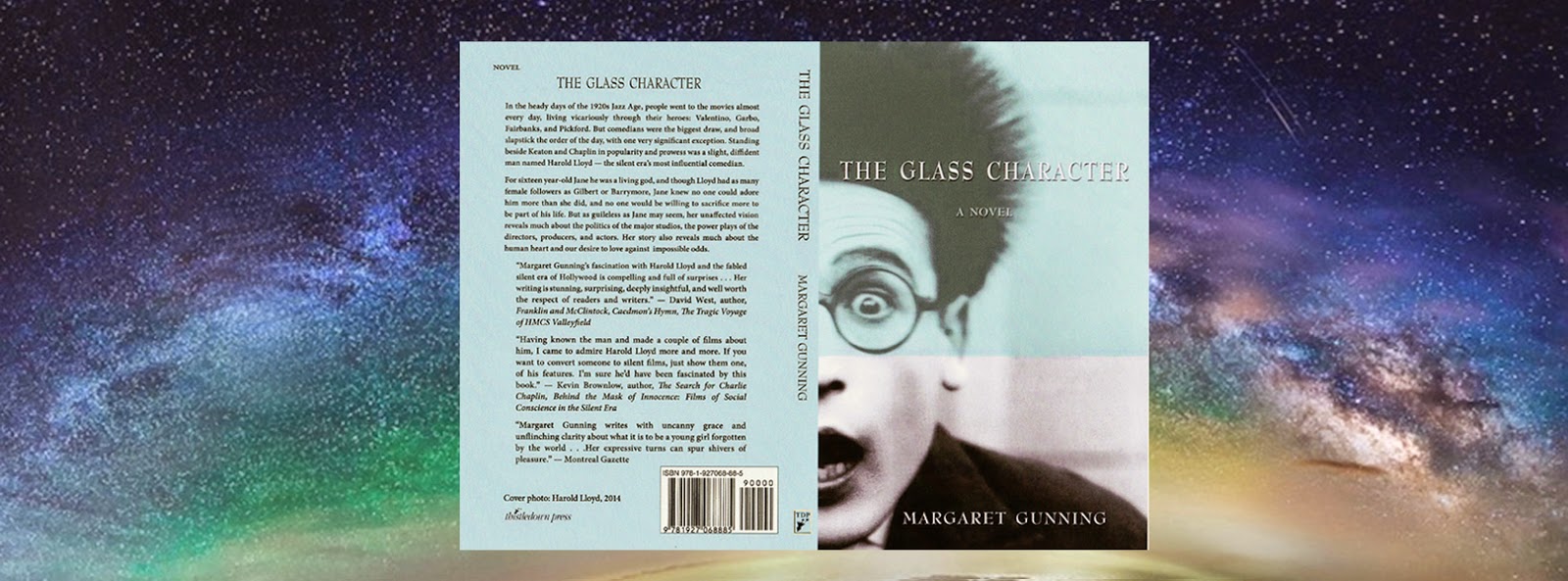I have always had a horror of what I call "we-think". I tried
to impress on my kids that it was crucial that they learn to think for
themselves. This involves developing discernment and critical thinking, but to do so, you have to stand up to a tide of resistance: our
culture now thinks that to be critical is "bad". It's "negative", and
that's especially bad. Always.
In fact, lots of things are bad, and none worse than trying to control our reality. We constantly hear truisms like, "The only thing we can change is our attitude."
(Which is the hardest thing to change: in fact it is practically impossible, for we are all
deeply programmed by the culture we grew up in, and very few of us even know
it). This is to drive away the panicked powerlessness that would probably subsume us if we really gave in to the truth.

Dogma and isms rule our lives, and hardly anyone is aware of it or
even wants to be. Instead they regurgitate undigested mini-bites of
unexamined philosophy to reassure each other that they're doing OK, that they're following
all the (invisible) rules. If you follow these rules to the letter, you're
"in". If you object or, worse, point out to others that you think they are
in error, that they are merely following the herd without questioning its
screwed-up non-values, generally speaking you are lambasted or even shunned.
That is why, I think, people are such conformists.
We evolved to follow the herd (literally, herds of prey animals) in
small tightly-knit bands, and woe betide anyone who was cast out of the band.
They died slowly and horribly, or were simply eaten. Someone was always in
charge, probably the largest and scariest male (no matter what feminists say
about Amazon goddess-figures who ruled everything in deepest antiquity, like
in that Star Trek episode).

Have we changed much? From what I know of evolution from all those
anthropology courses I took, men's stone tools (which last forever and are
still around) were always considered the hallmark of evolution and proof that
"man" developed "technology" hundreds of thousands of years
ago. But ancient human societies are described as hunter-gatherer. The meat source was
highly prized but sporadic, and the rest of the time everyone subsisted and
survived on nuts, berries, roots, etc. that the women gathered every day in
leather pouches that quickly rotted away, leaving no trace of their
contribution to human survival. (Women still carry them, no?)
Incredibly, for many decades anthropologists didn't even seem to see
this contribution, assuming the nuts and berries just rolled into the caves all
by themselves. After all, didn't their meals appear on the table (first
from Mom, then from Wifey) in the same way? Obviously no work was involved.
Without those nifty little purses, you'd be looking at an empty screen because there wouldn't BE a screen because there wouldn't BE a human race, and thus there wouldn't be a you. None of it ever would've happened because Ugg and his gang of pinheaded proto-hominids didn't bring the musk-ox home in time and everybody would have starved to death.
But it didn't happen that way: the supply of nuts and seeds and berries always held, mainly because the women were on their hands and knees for ten hours a day scrounging them up even under the most dreadful conditions. A baby in one pouch, the trail mix in the other. Eventually this led to women realizing that they could bury these nuts and seeds
and have the plants grow wherever they wanted. Surprise of the day: Women invented agriculture!
Not Fred Flintstone, but Wilma. But you will never hear about this in the
anthropology books, cuz they're too busy postulating that it was just Ugg hankering after some radicchio to go with his braised shoulder of ox.
You mean you haven't heard this theory before? That's cuzzada-fact that
you were too busy following the herd.
http://members.shaw.ca/margaret_gunning/betterthanlife.htm

















.jpg)
.jpg)
.jpg)

































